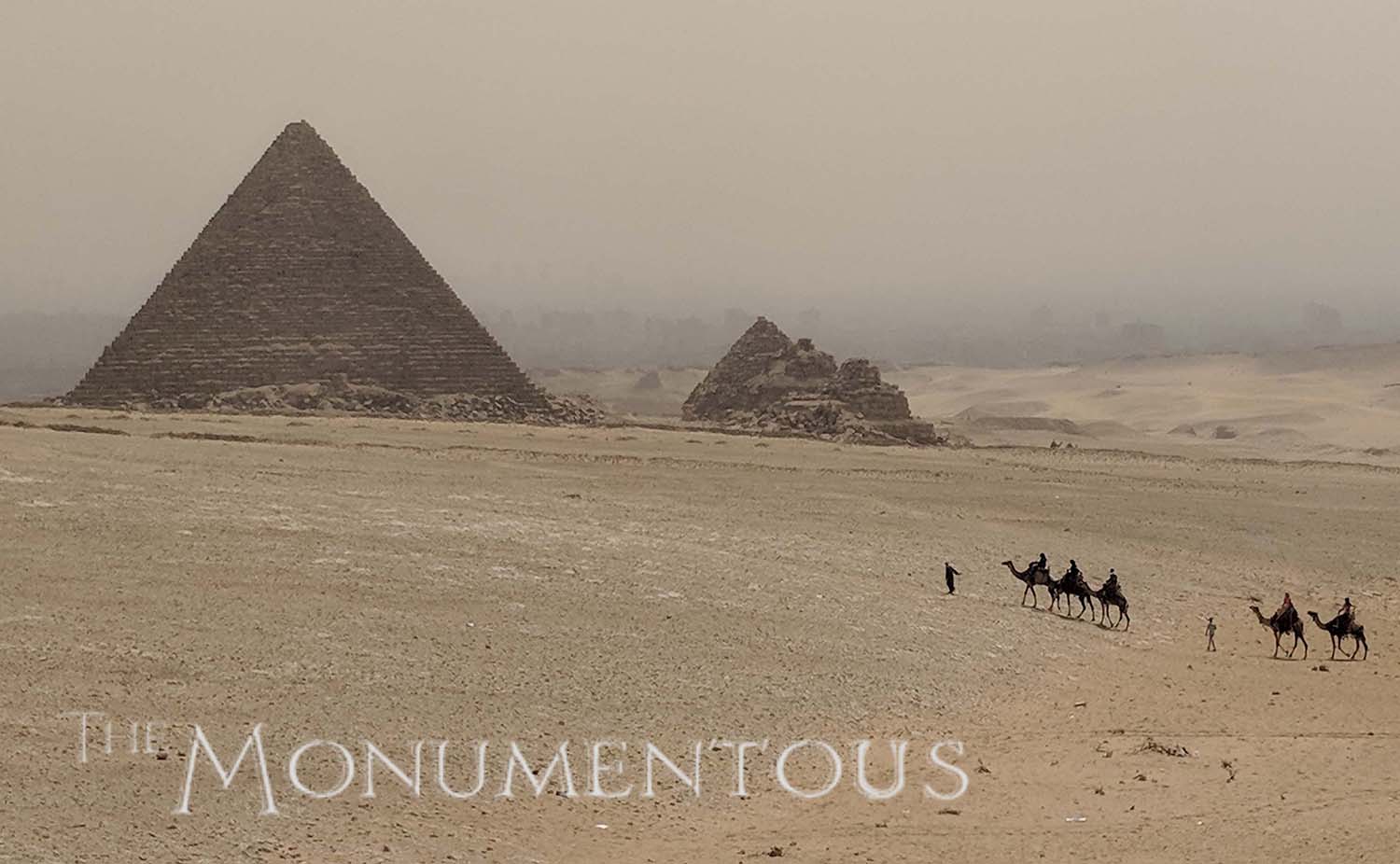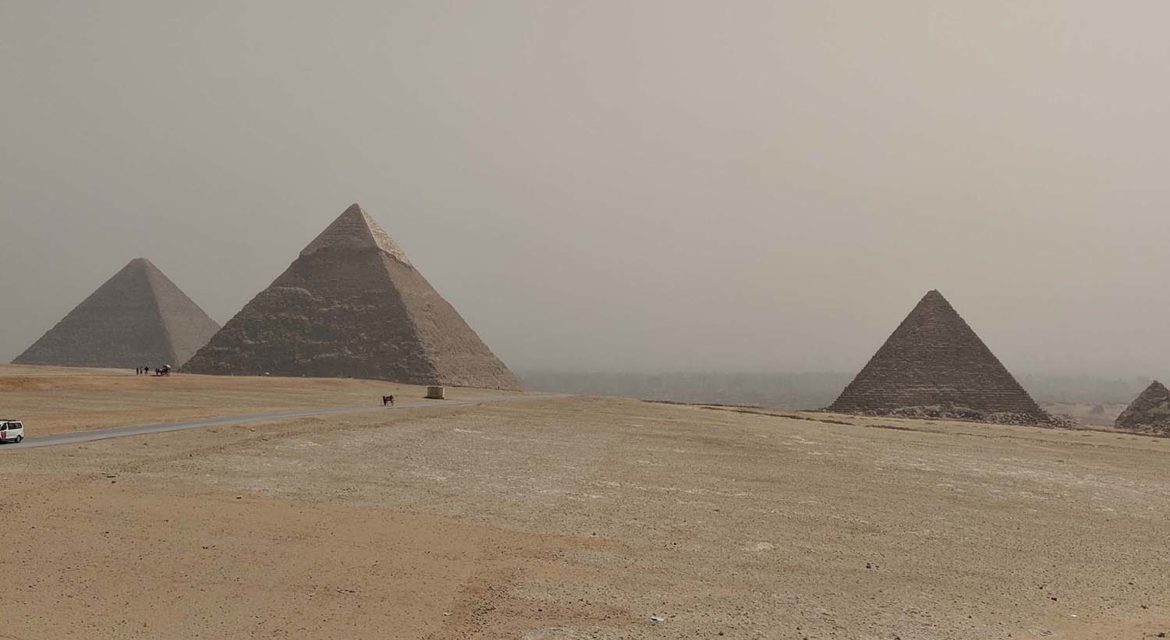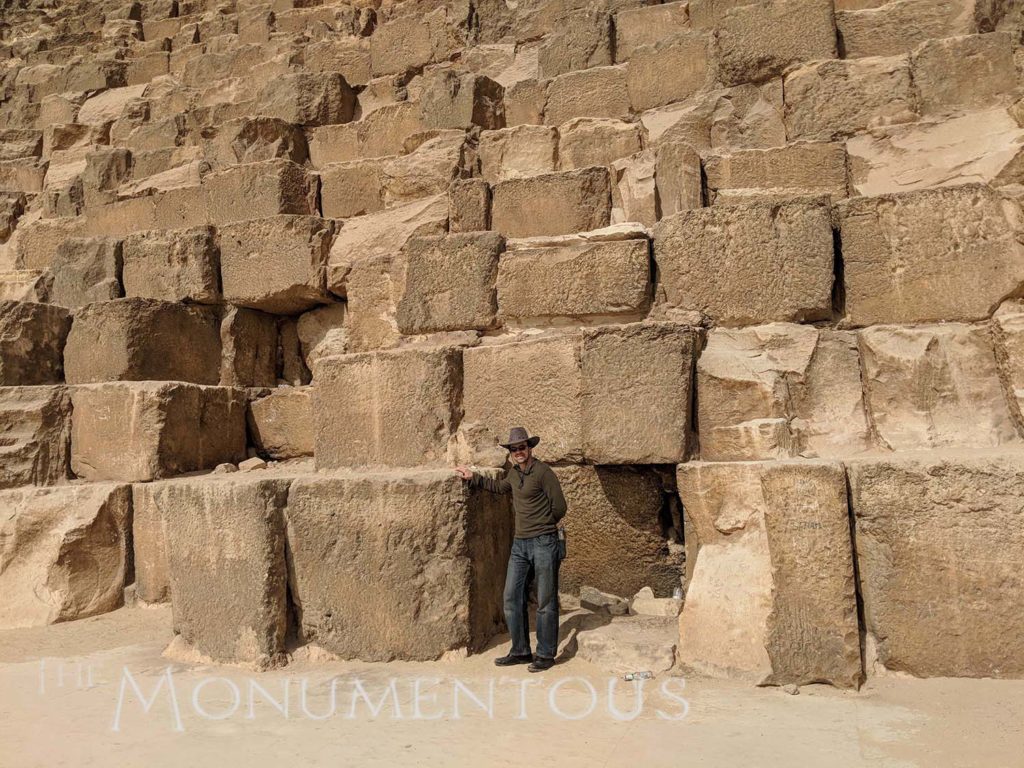 Few structures across the history of humanity are as impressive or inspiring as the Great Pyramids of Egypt. There’s a reason the Great Pyramid (the largest of the three) was on the list of the 7 Ancient Wonders of the World, as well as a reason it is the only one that survives to this day. The expression, “Man fears time, but time fears the Pyramids,” speaks to the influence the Pyramids have enabled and will continue to have into the far future.
Few structures across the history of humanity are as impressive or inspiring as the Great Pyramids of Egypt. There’s a reason the Great Pyramid (the largest of the three) was on the list of the 7 Ancient Wonders of the World, as well as a reason it is the only one that survives to this day. The expression, “Man fears time, but time fears the Pyramids,” speaks to the influence the Pyramids have enabled and will continue to have into the far future.
The physical achievement that these pyramids represent is one that might never be duplicated, but they’re about so much more than sandstone and granite. Their true legacy is associated with the triumph of the human spirit, and proof of how enduring and powerful that victory can be for civilization as a whole.
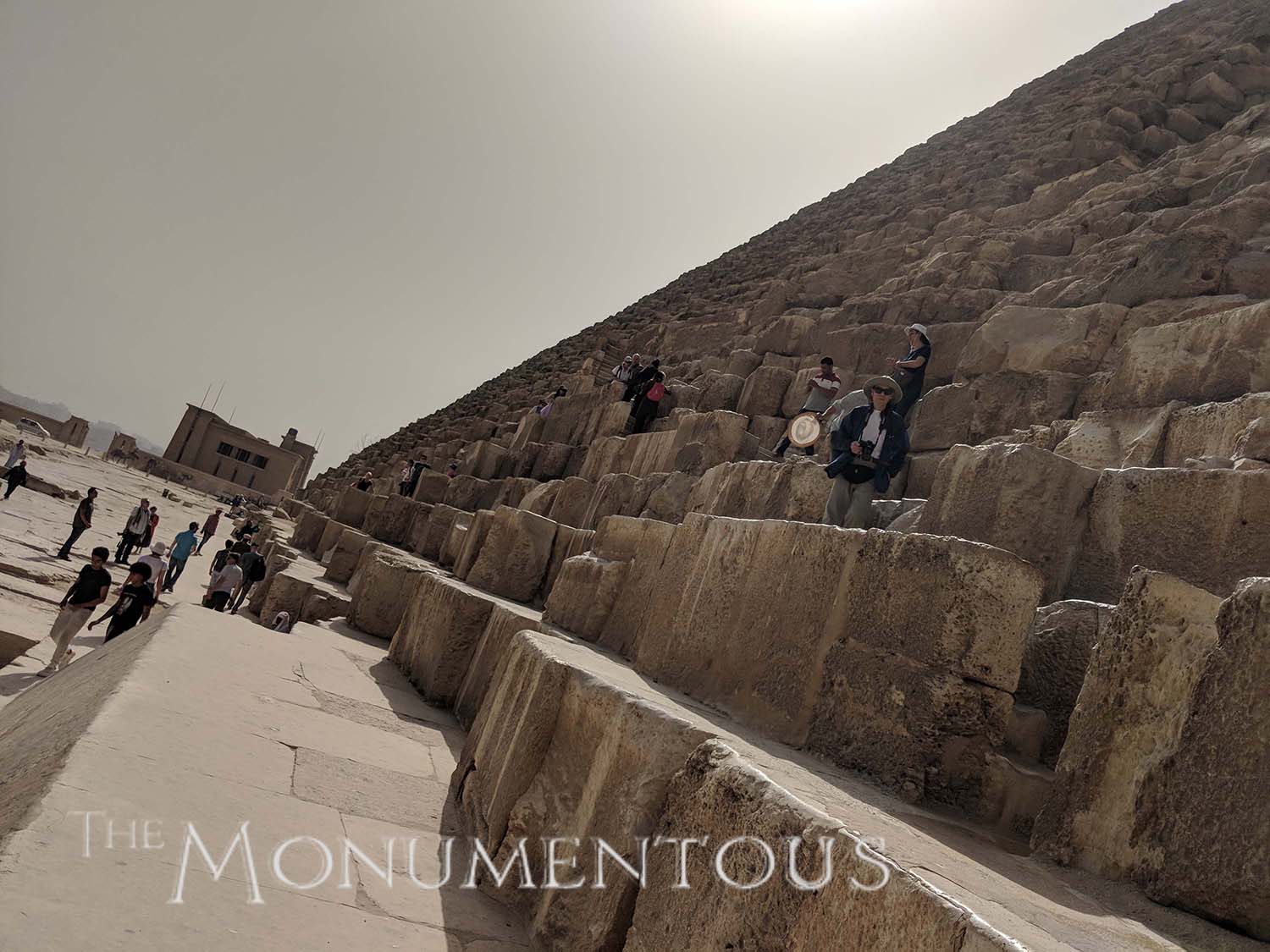
Wonders of Every Era
 All three of the pyramids on the Giza plateau were built from roughly 2550 to 2490 BCE. Each pyramid is just part of a larger complex, including a palace, temples, solar boat pits as well as a variety of other buildings. The pyramids housed the remains of the rulers who reigned over the land and were designed to directly enable their ascension to the afterlife.
All three of the pyramids on the Giza plateau were built from roughly 2550 to 2490 BCE. Each pyramid is just part of a larger complex, including a palace, temples, solar boat pits as well as a variety of other buildings. The pyramids housed the remains of the rulers who reigned over the land and were designed to directly enable their ascension to the afterlife.
The Great Pyramid is the largest of the three pyramids and rises 481 feet above the plateau. About 2.3 million stone blocks were used in the pyramid, which weigh anywhere from 2.5 to 15 tons. The Pyramid of Khafre appears larger than the Great Pyramid but is actually 448 ft. It is the only one of the three Great Pyramids to retain a significant amount of the casing stones that used to cover all three of the structures. The Pyramid of Menkaure is the smallest of the three pyramids, but in some ways can be considered to be even more impressive since granite was one of the main materials used to construct it.
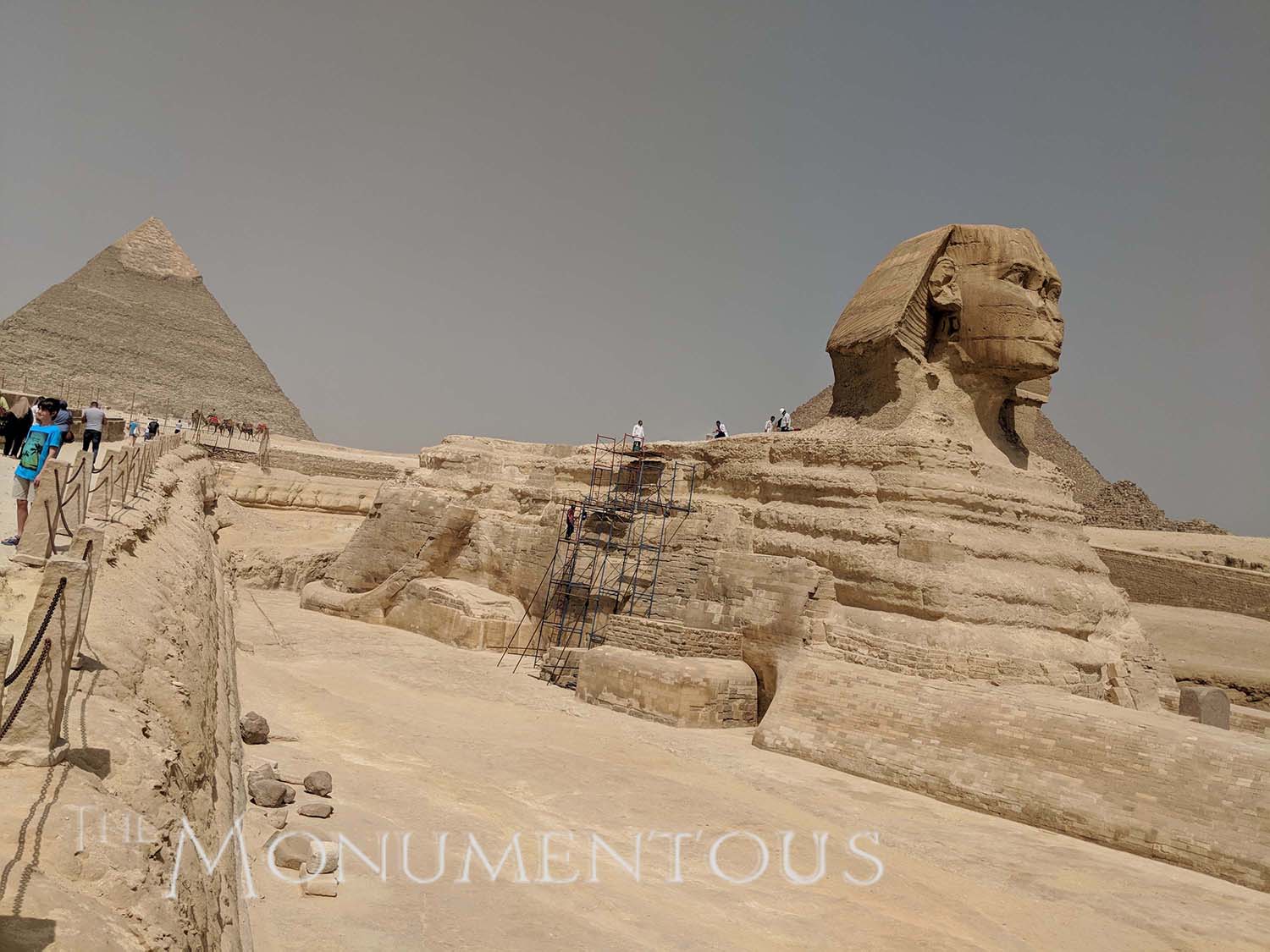
The Great Sphinx also lies on the east side of the Great Pyramid complex. There are ongoing debates about the origin and identity of the Sphinx, but most Egyptologists agree that the head of the Sphinx is of Khafre and that it was sculpted during his reign, around the time his pyramid was completed.
These structures were ancient before the city of Rome was founded, which is just a hint of their significance. The Pyramids have been lost and rediscovered numerous times throughout the ages, and their size and scale have gotten people from every era to look upon them in wonder. There are various theories about exactly how they were constructed, and debates about the specific approach continue to this day. Regardless of those details, no one denies the monumental effort it took to construct them.
The history of the Great Pyramids has been defined by what it’s meant for people from across the centuries to look upon these wonders, and that experience is one that’s perhaps even more inspiring today than it was when they were built almost 5,000 years ago.
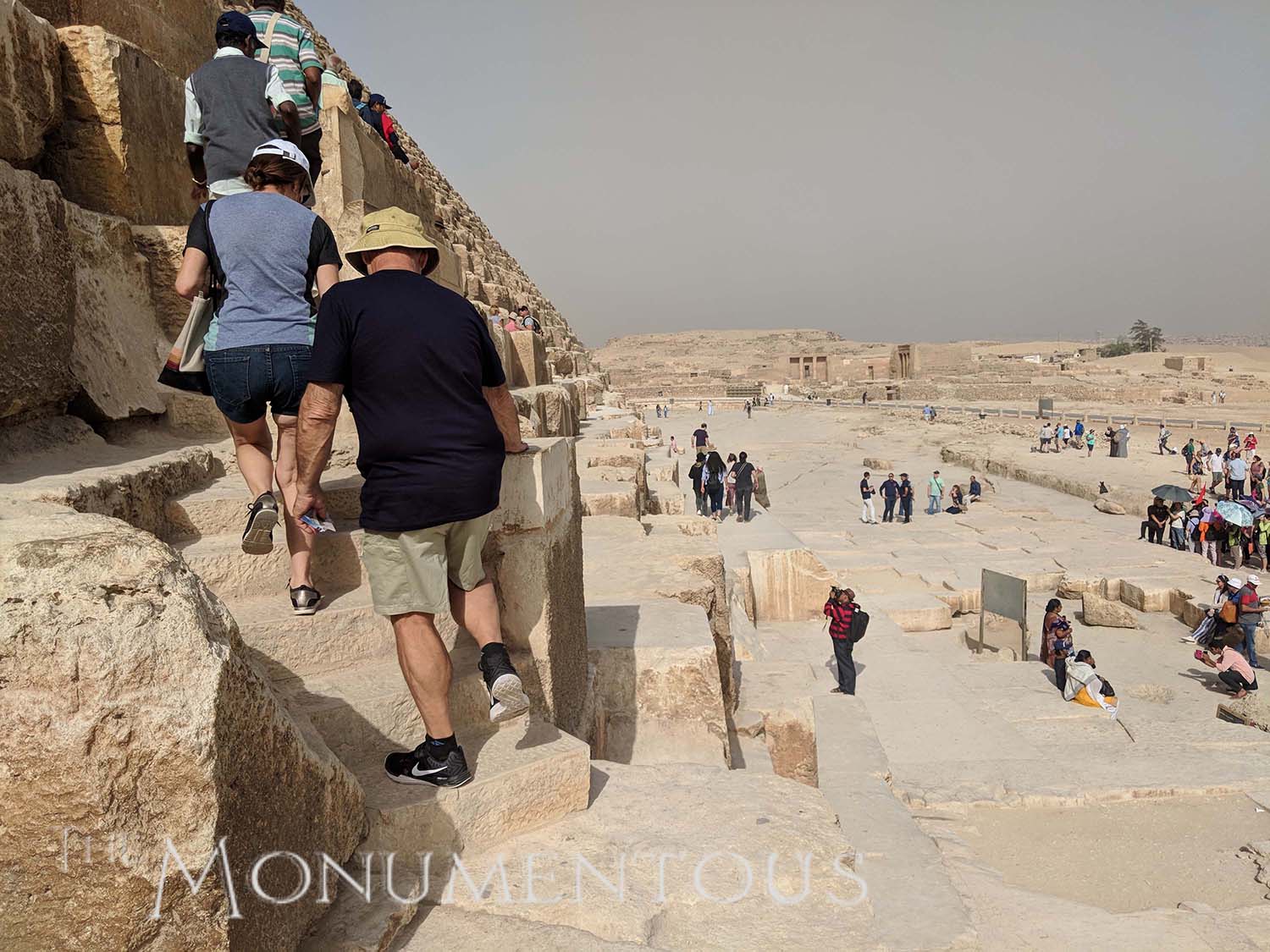
Experiencing the Monumentous
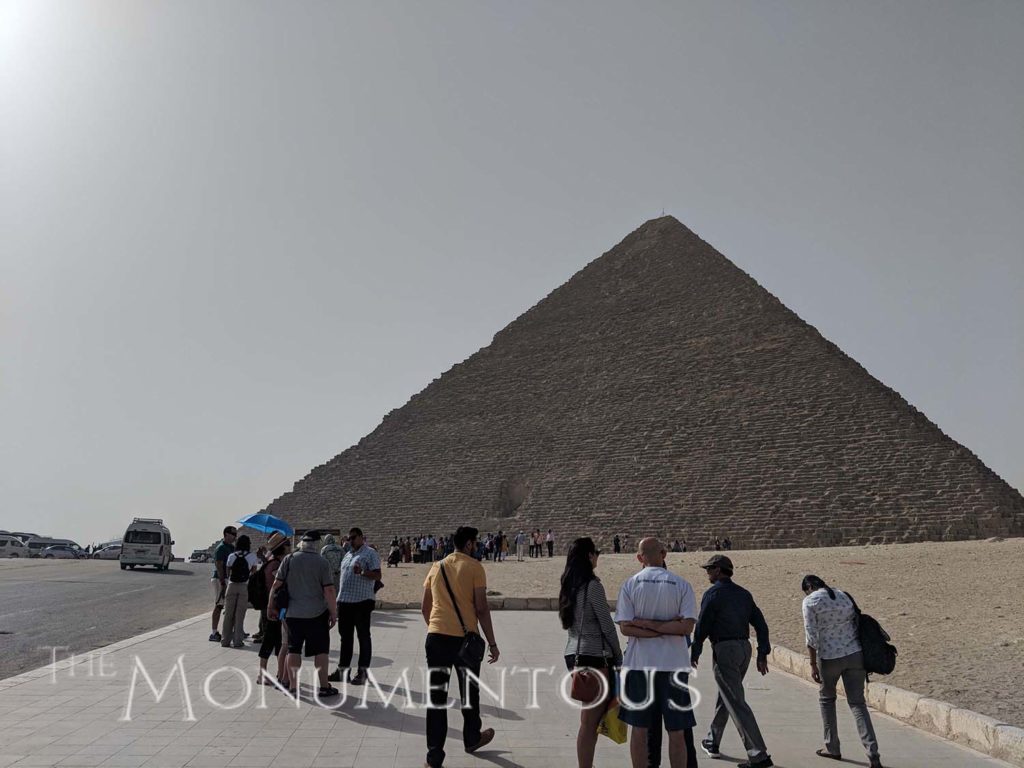
The Great Pyramids reside about seven miles west of downtown Cairo, and while they can’t be seen at ground level from across the city, their appearance on a trip to the west of the city is invigorating. The way in which these ancient structures appear alongside and above the modern city is striking, but that dichotomy is the least essential part of the experience.
It’s one thing to talk about stones that are over ten tons, but it’s quite another to see them up close. The incredible efforts that it took to build these structures can be appreciated when seeing the massive amount of stone that make up the pyramids, and the enormity of the task that these ancient people undertook is beyond inspiring. Understanding exactly how they were built wouldn’t make the enormity of what was accomplished at these sites any less impressive.
It’s possible for the public to enter all three of the pyramids, although the interior of the Great Pyramid is arguably the most impressive. Inside, visitors can look up and into the Grand Gallery en route to the so-called King’s Chamber, which contains an empty sarcophagus and hints of the efforts that went into making sure no one ever entered this space.
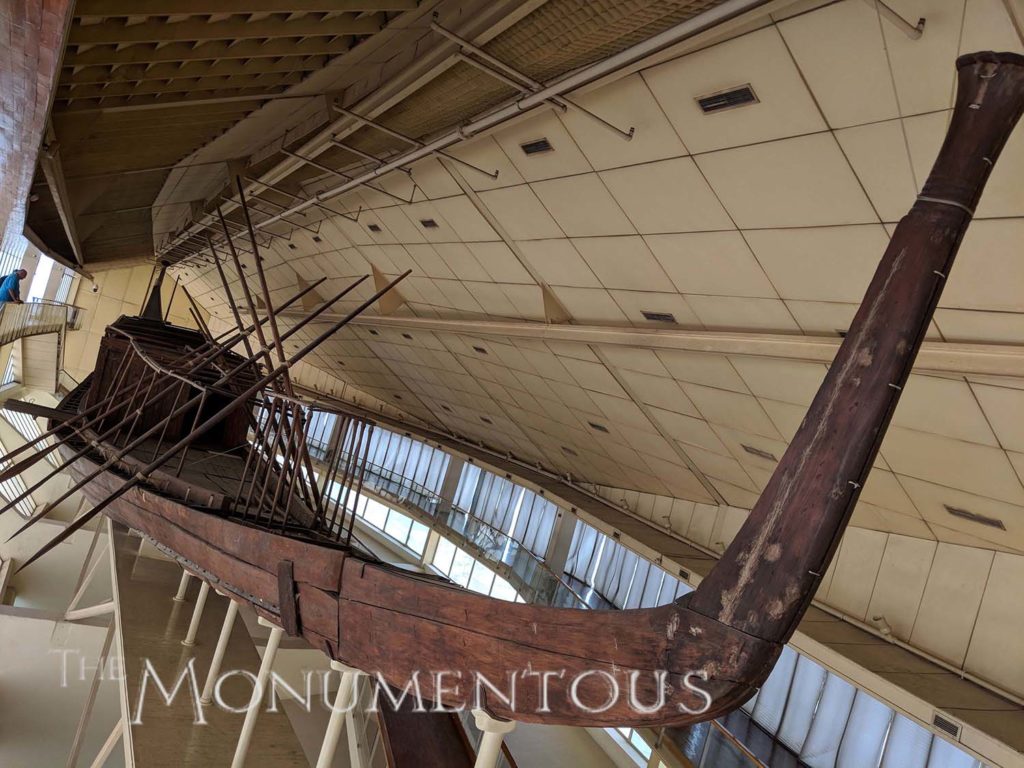
As impressive as each pyramid is in their own right, the surrounding ancient and modern attractions are enough to keep visitors entertained for days. The Giza Solar boat museum houses the intact full-size vessel from Ancient Egypt that was sealed into a pit near the Great Pyramid. The complex of each pyramid contains a variety of structures that provide viewers with a sense of what these complexes looked like when they were completed.
The enormity of the place surrounds the viewer no matter where they go, and it’s beyond inspiring to consider what it meant to create something that has endured for millennia. These pyramids represent the apex of human achievement, and the fact that they were built so many millennia ago is as inspiring as it is sobering. With so few tools at their disposal, the Ancient Egyptians were able to accomplish so much.
These are the kinds of realizations visitors are able to have at the Great Pyramids, which is one of the main reasons they’ve become such an essential part of the culture of Egypt and the entire world.

An Influence for the Ages
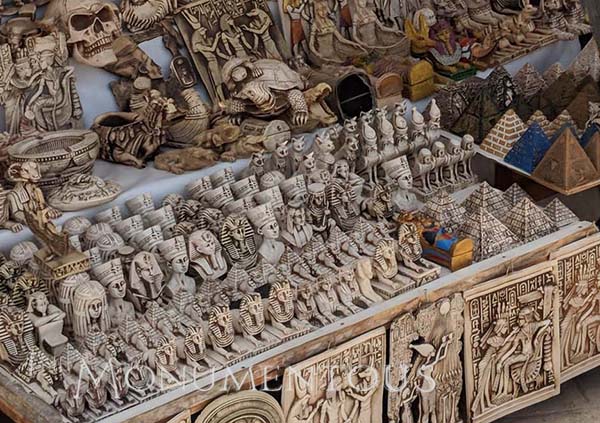 The influence of the Great Pyramids on contemporary Egyptian society and culture can be seen and felt in countless ways, as these icons have been integrated into everything from money to logos to collectibles. The Pyramids are very much part of the identity and history of the region, and that has been the case for millennia.
The influence of the Great Pyramids on contemporary Egyptian society and culture can be seen and felt in countless ways, as these icons have been integrated into everything from money to logos to collectibles. The Pyramids are very much part of the identity and history of the region, and that has been the case for millennia.
What’s especially notable is how that influence continues to evolve and make direct and indirect economic impacts. Tourists have flocked to the Pyramids since ancient times, and though the political situation in the region causes these numbers to fluctuate, millions of people come to the area every year specifically to see the Great Pyramids. Tourism continues to be a leading source of income for the nation, and a variety of people rely on the revenue that the Pyramids help drive to the region. These attractions aren’t just relying on their ancient laurels to drive that interest though.
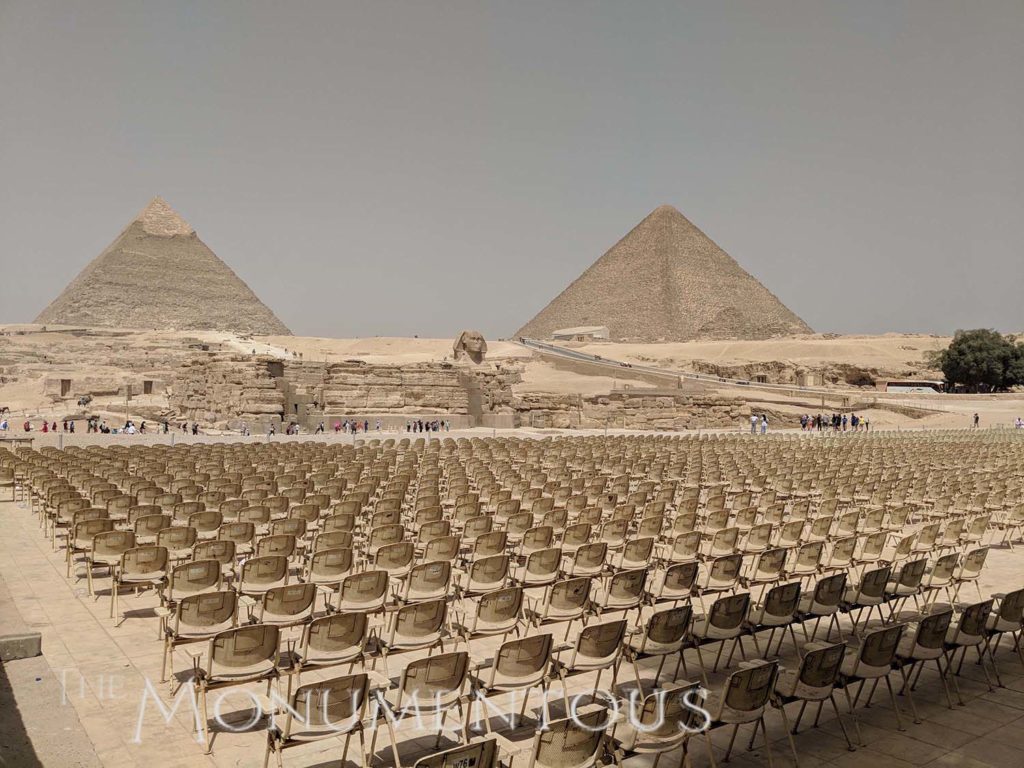
As an example of how the Great Pyramids continue to evolve and create new reasons for visitors to come, a 2-hour Pyramid Light and Sound Show takes place near the Great Sphinx. The Pyramids and Sphinx are illuminated in multi-colored lasers and visual projections while music and commentary tells the stories of ancient Egypt and the pyramids. These are just a few of the examples from today of how the Pyramids have influenced the culture of contemporary Egypt, but it’s an influence that goes beyond any single time or even any single culture.
The Pyramids have been influencing entire civilizations for thousands of years now, and that influence can be seen and felt across the globe. It’s impossible to overstate what they’ve meant to the region and to the culture of the world, but it’s the achievement that they represent that is the real source of their endurance.
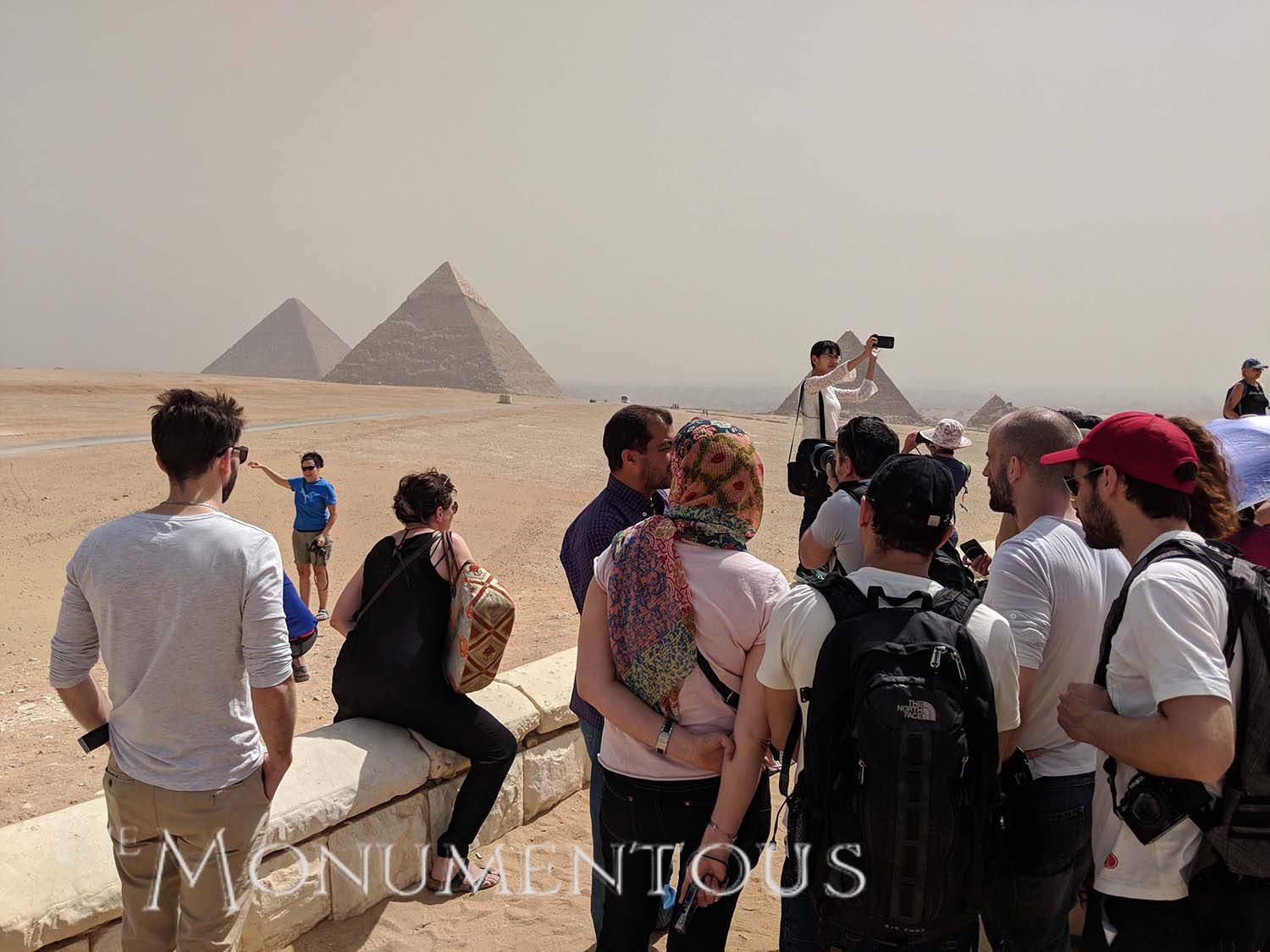
Proving the Impossible
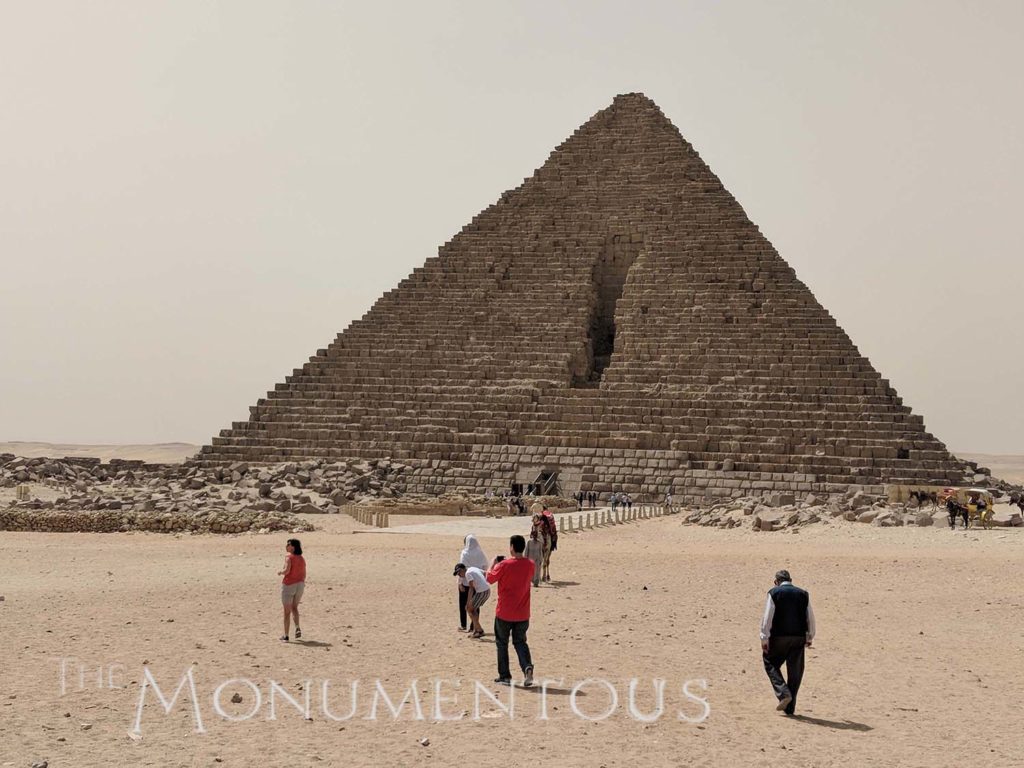
Some experts have noted that it was the Pyramids that built Egypt—rather than the other way around. It’s a phrase that underscores what can happen when the impossible is attempted, and what it can mean when an ambitious project becomes something much more.
The Great Pyramids are the most important monuments in the world because they’ve changed our understanding of what it can mean to achieve the impossible. They’ve proven that it’s possible for people who lived thousands of years ago to influence people in the present and future. They’ve shown us what it means to create a legacy that can be refined and reinterpreted by countless people in an unlimited number of ways. They’re lessons that are applicable to everyone, regardless of the scale or scope they’re working at.
Proof of all this resides in the desert of Egypt, just as it has for thousands of years, and just as it will for thousands more, regardless of how many times people forget and relearn the lessons they have to teach us.
